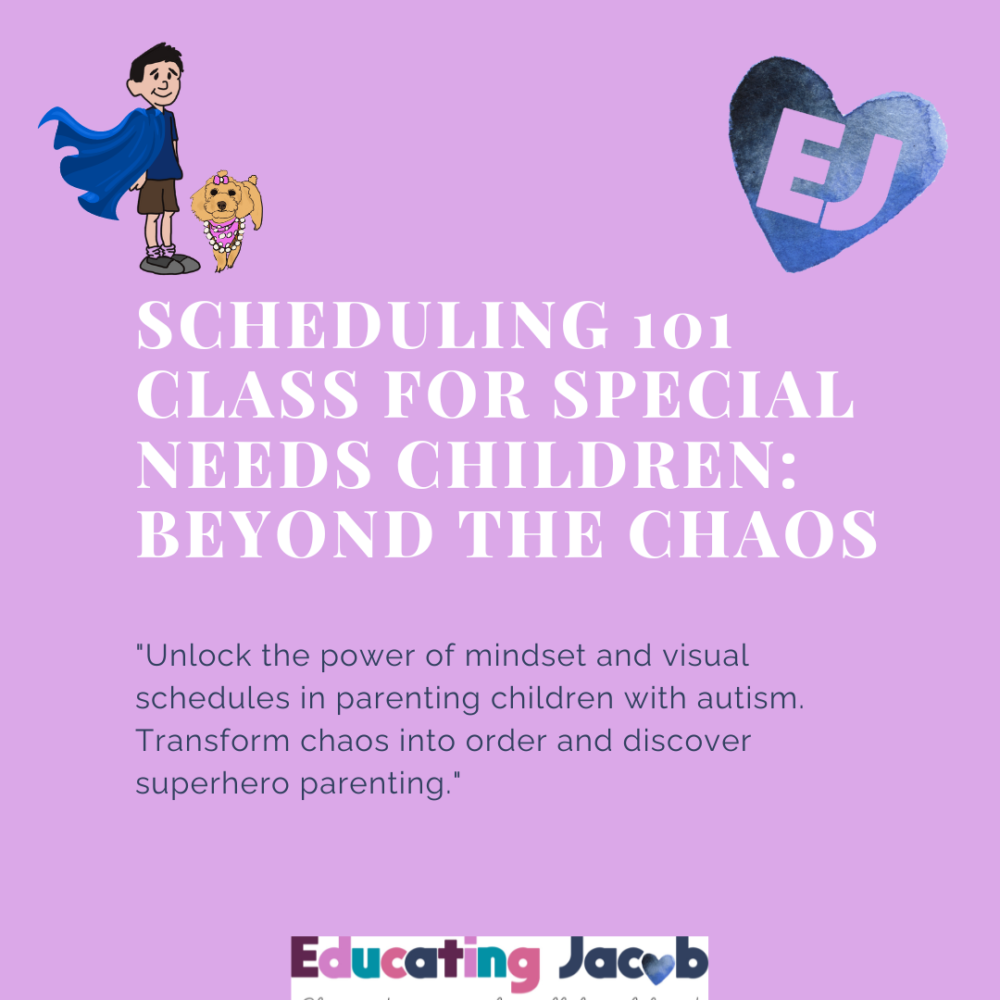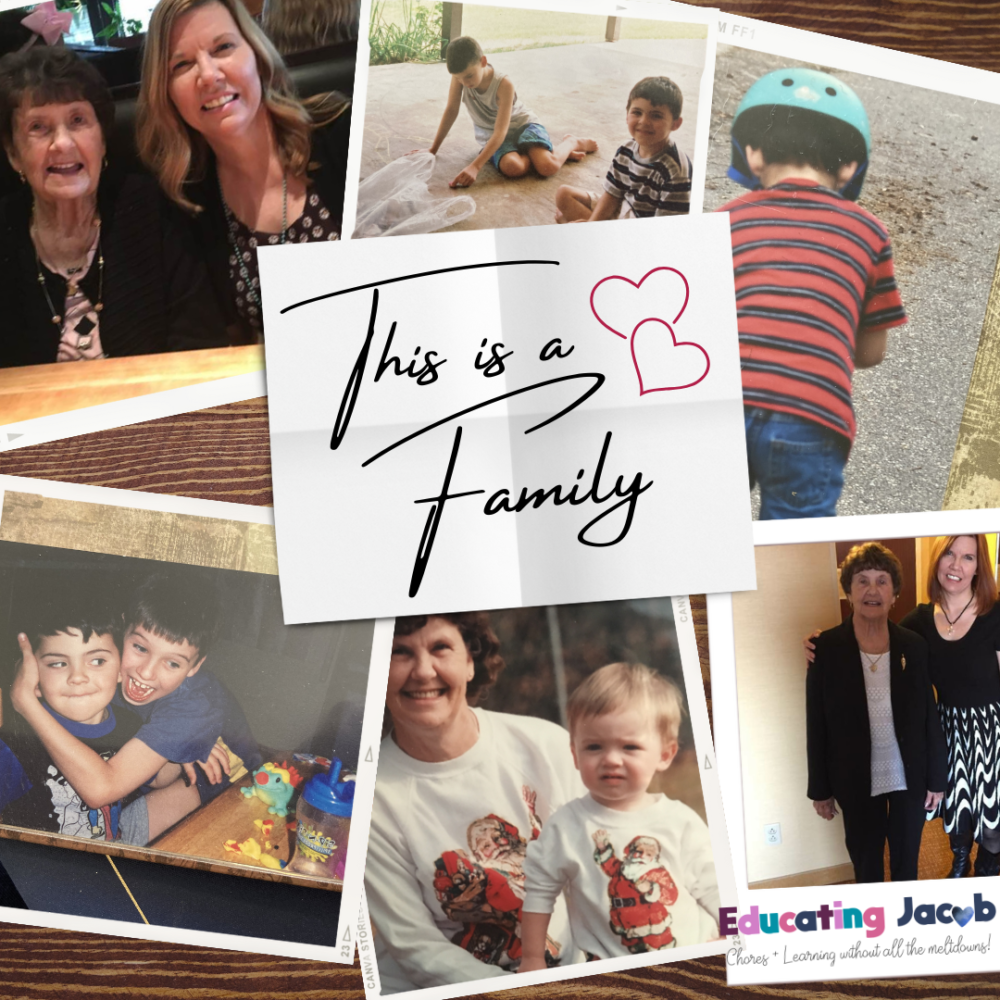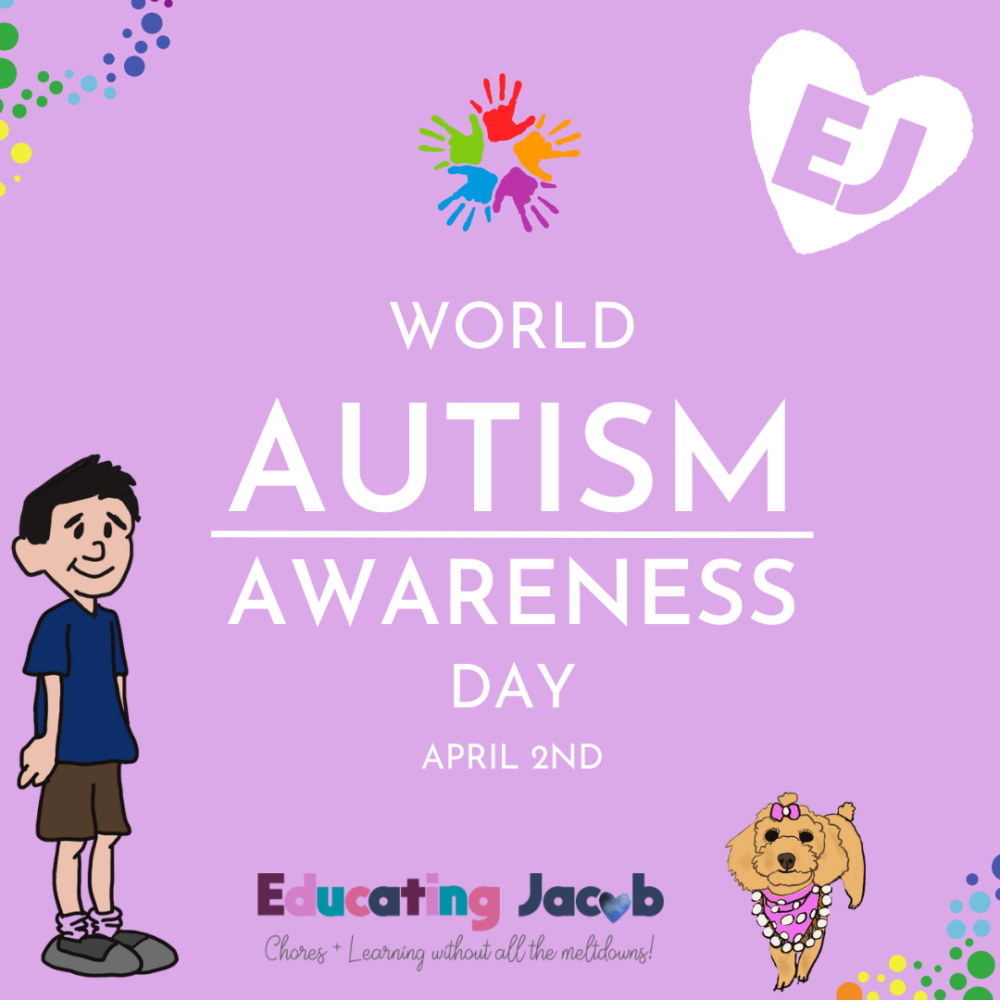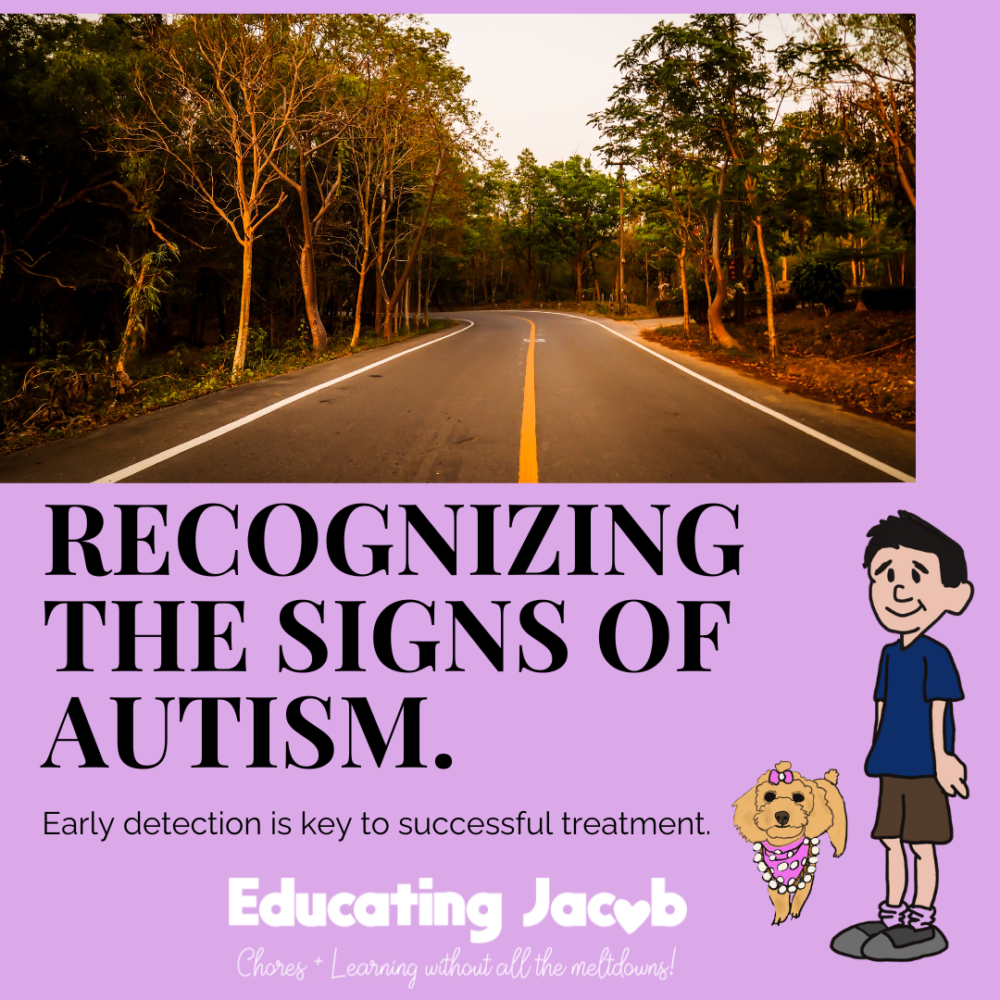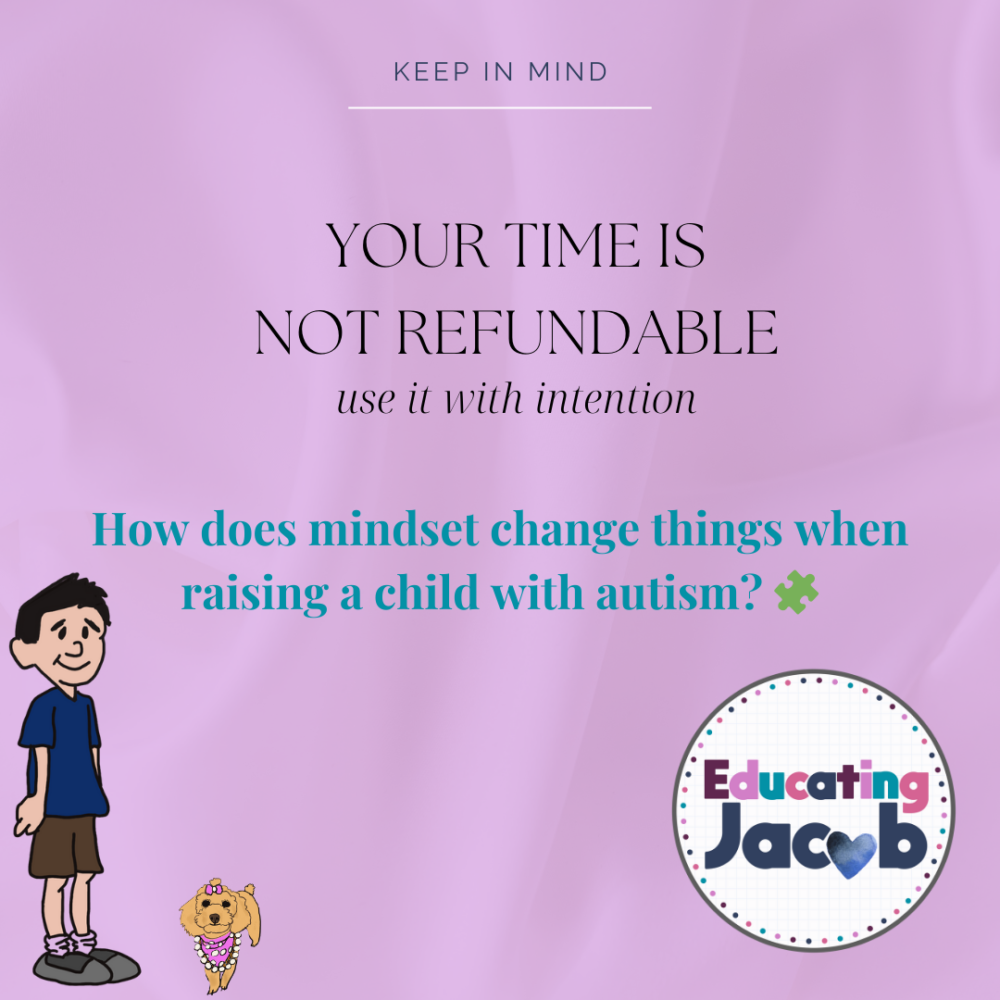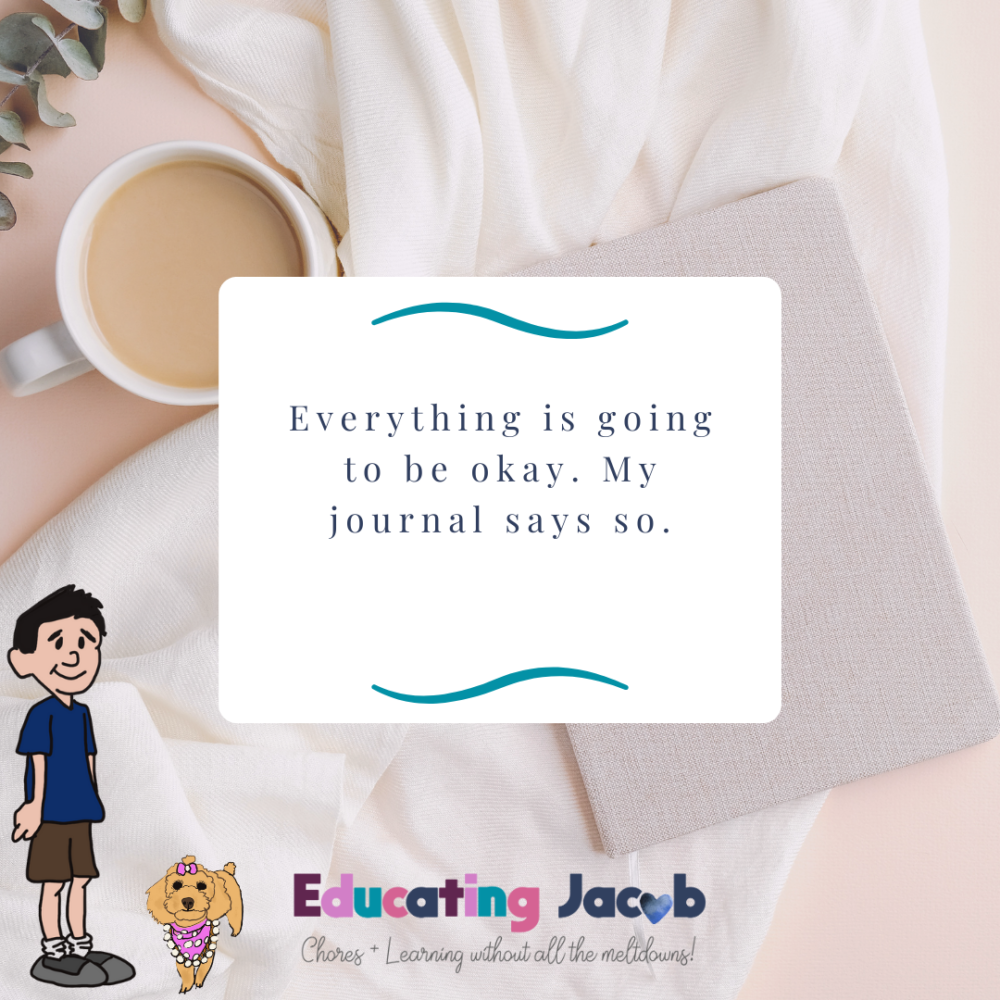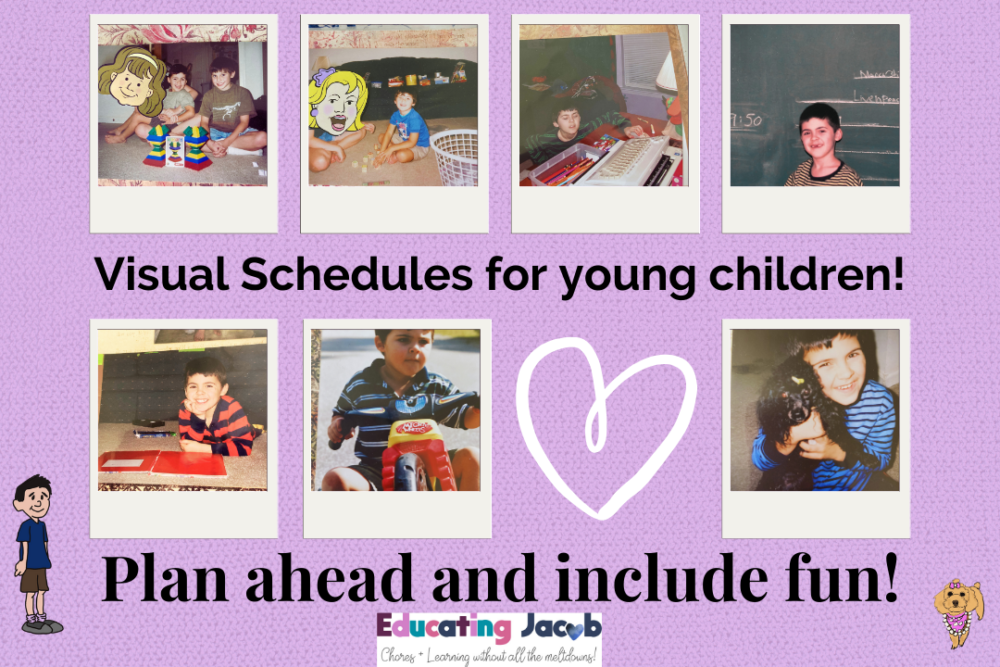Memorial Day Weekend Fun but your child with autism doesn’t do transitions!
Ah, Memorial Day weekend—the promise of family, relaxation, and endless fun! While some are beach-bound, I’m embracing the staycation vibes (thanks, budget!). But here’s the twist: my son Jacob adores the beach, yet transitions? Not his forte. When you have a child with autism who doesn’t do transitions, you need help.
So, how do we tackle this? Back in the day, it was all about car bags—packed with books, coloring books, and a trusty portable DVD player for those marathon car rides. Let’s dive into how to navigate transitions with humor, practicality, and maybe a sprinkle of beach magic for good measure. 🏖️
Child With Autism
Transition activities can be a real game-changer when it comes to planning outings with your child with autism. Take, for instance, our beach trips. We’d start prepping the day before, chatting excitedly about the sandy shores and gathering up clothes and toys. Jacob used to love the whole packing ordeal—until it morphed into a 5-minute cycle of asking “beach?” on repeat until we actually arrived at the beach house. 🏖️
Ah, the joys of parenting a child with autism—it’s like being on a rollercoaster ride where you’re never quite sure if you’re going up or down! But hey, every hiccup is a learning experience, right? The first time is always the toughest, so brace yourself for a bit of turbulence. But fear not, fellow parents, because we’ve got a few tricks up our sleeves.
Visual Schedule For Child With Autism
Visual aids are your new best friend. Seriously, they’re like magic potions that can turn chaos into calm faster than you can say “beach day.” Create simple visuals that signal the transition—whether it’s a picture of the beach, a packed bag, or even just hopping in the car after putting on beach shorts. Anything to give your child a visual roadmap of what’s to come.
Parents who homeschool might want to checkout my previous posts on schedules:3 Ways Jacob’s Monthly Calendar and Daily Schedule Work on Autism Island!
Sensory Toys For Autism
And hey, why not make it fun while you’re at it? Turn packing into a game, complete with silly songs and maybe even a dance-off or two. The more enjoyable you can make the transition, the smoother it’ll be for everyone involved. Plus, who doesn’t love a little impromptu dance party, am I right? 💃
Children with autism often have sensory needs that fidgets and the right clothes can help calm. Figure out what works best for your child, having a plan and creating a great environment will calm the chaos.
Social Stories For Autism
Ah, the power of social stories and videos—the secret weapons in our arsenal of autism parenting hacks! 📚🎥 When it comes to prepping Jake for a big adventure like the beach, these tools are absolute lifesavers.
Social stories are great for all children with autism but if you’re homeschooling it is amazing here is an article you might like on homeschooling. https://www.yellowbusaba.com/post/homeschooling-a-child-with-autism
Storybooks For Teaching
Jake eagerly flipping through a storybook filled with colorful illustrations of sandy beaches and crashing waves, his excitement building with each turn of the page. 🌊 Or better yet, him glued to the screen, watching a video montage of all the fun activities we have in store for our beach day. Talk about anticipation at its finest!
But here’s the best part: these social stories and videos aren’t just one-time wonders. Oh no, they’re like the gift that keeps on giving. We can incorporate them into Jake’s schoolwork for the week leading up to our beach trip, turning anticipation into a full-blown educational experience. 📝 And hey, who says learning can’t be fun?
And let’s not forget about getting creative! Whether it’s crafting our own personalized social stories or shooting a DIY video showcasing all the beach essentials, the possibilities are endless. So grab your phone, gather up some props, and let your imagination run wild! 🎬
Autism Trip Checklist:
1: Transition activities- when planning outings with your child who struggles with transitions. Take our beach trips, for example. Starting preparations the day before, we chat excitedly about the sandy shores and gather clothes and toys. 🏖️
2: Visual Schedules- these guide your child with autism through transitions. Visual aids are essential for smoother transitions. Create simple visuals—a picture of the beach, a packed bag, or hopping in the car—to give your child a visual roadmap of what’s to come.
3; Sensory Toys- making transitions fun for children with autism.Turn packing into a fun game with silly songs and maybe even a dance-off. The more enjoyable the transition, the smoother it’ll be for everyone involved. 💃
4: Social Stories for Autism- prepare your child for adventures. Social stories and videos are lifesavers for prepping your child, like Jake, for big adventures like the beach. Incorporate them into your child’s schoolwork for an educational and anticipatory experience. Everyone today video on their phone, use it!
5: Engage Your Child with Autism- from storybooks for teaching, with colorful illustrations of sandy beaches to videos and fidgets include them all! Social stories and videos are gifts that keep on giving. Incorporate them into your child’s schoolwork for an educational and anticipatory experience. Create Hype!!

Tips for Parents Of Children With Autism
Mastering transitions with creativity! Craft personalized social stories or shoot DIY videos showcasing beach essentials. With creativity and the right tools, daunting transitions can become exciting adventures.
Finding Joy In Parenting A Child With Autism
Here’s to embracing the chaos, finding joy in the journey, and making memories that last a lifetime. After all, isn’t that what parenting is all about? Take a moment to assess the chaos, jot down where things are falling apart, and then get scrappy and creative. With a solid plan and structure, you’ll find your way through! 🚀
So there you have it, folks—our tried and true formula for mastering transitions like a boss. With a little help from social stories, videos, and a healthy dose of creativity, we can turn even the most daunting transitions into exciting adventures. #autismchallenges🧩
Want more? Download my free guide: https://app.flodesk.com/emails
